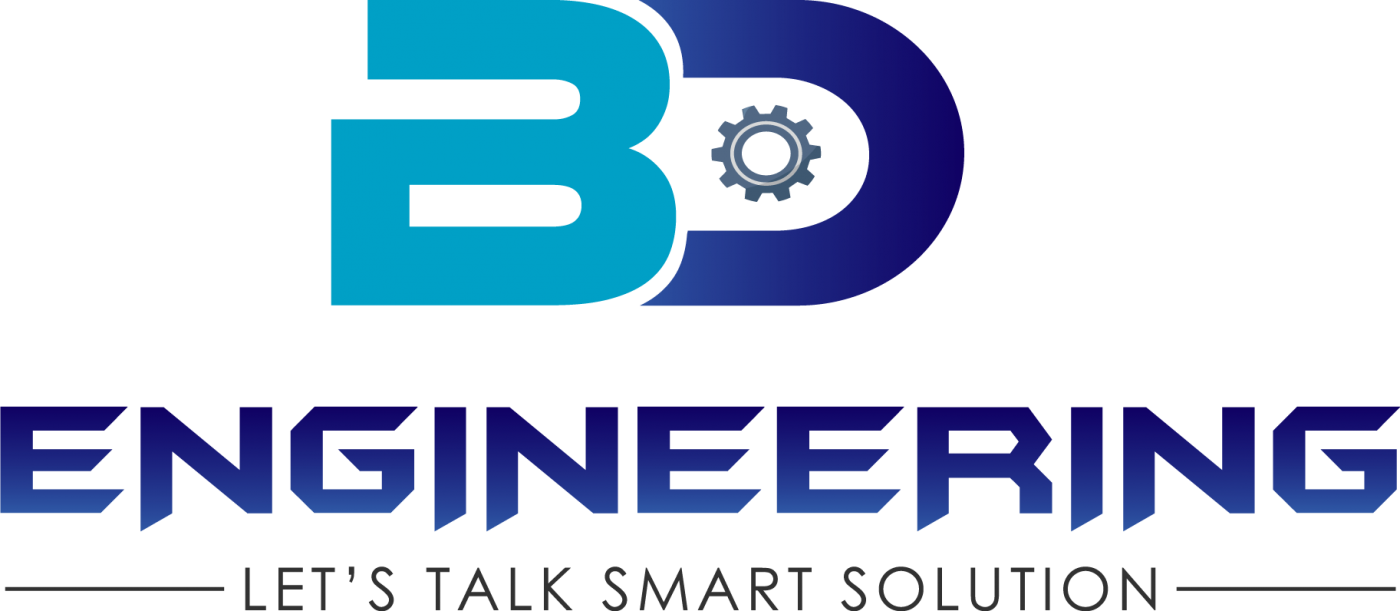Machine Development & Automation
Machine development and automation refer to the process of designing, building, and implementing machines or systems that can perform tasks automatically or with minimal human intervention. It involves integrating various technologies, such as mechanical, electrical, electronic, and software engineering, to create efficient and reliable automated systems for manufacturing, industrial processes, and other applications.
Here are the key aspects and steps involved in machine development and automation:
Needs Assessment: Identify the specific needs and requirements for automation. Determine the tasks or processes that can benefit from automation and understand the desired outcomes and objectives.
Conceptualization and Design: Develop a conceptual design that outlines the overall structure, functionality, and features of the automated machine or system. This includes considering mechanical components, electrical systems, control mechanisms, sensors, and software programming.
Engineering and Prototyping: Carry out detailed engineering design, including selecting and integrating components, creating mechanical drawings, designing control systems, and developing software algorithms. Build prototypes of the machine or system to test and validate its functionality and performance.
Component Selection and Integration: Select appropriate components, such as motors, sensors, actuators, controllers, and human-machine interfaces (HMIs), based on the requirements of the automated system. Integrate these components into the design, ensuring compatibility and seamless operation.
Programming and Control System Development: Develop the necessary software and programming logic to control and automate the machine or system. This may involve programming languages such as ladder logic, structured text, or function block diagrams for PLCs or other control systems.
Fabrication and Assembly: Fabricate and assemble the mechanical and electrical components of the machine or system, following the design specifications and standards. This includes constructing the frame, installing motors and actuators, connecting electrical wiring, and integrating control panels and interfaces.
Testing and Validation: Conduct rigorous testing and validation of the automated machine or system to ensure it functions as intended. Verify its performance, accuracy, reliability, safety features, and adherence to specifications. Make any necessary adjustments or improvements based on the test results.
Deployment and Implementation: Once the machine or system is fully tested and validated, deploy it in the intended environment and integrate it into the existing production or operational processes. Provide training and support to operators and maintenance personnel to ensure proper use and maintenance.
Continuous Improvement: Monitor the performance of the automated system and gather feedback from users. Continuously seek opportunities for improvement, such as optimizing efficiency, enhancing functionality, or integrating additional features to meet evolving needs.
Machine development and automation offer numerous benefits, including increased productivity, improved product quality, reduced labor costs, enhanced safety, and faster production cycles. It requires multidisciplinary expertise, collaboration, and a systematic approach to design, develop, and implement automated solutions that effectively meet the desired objectives.
